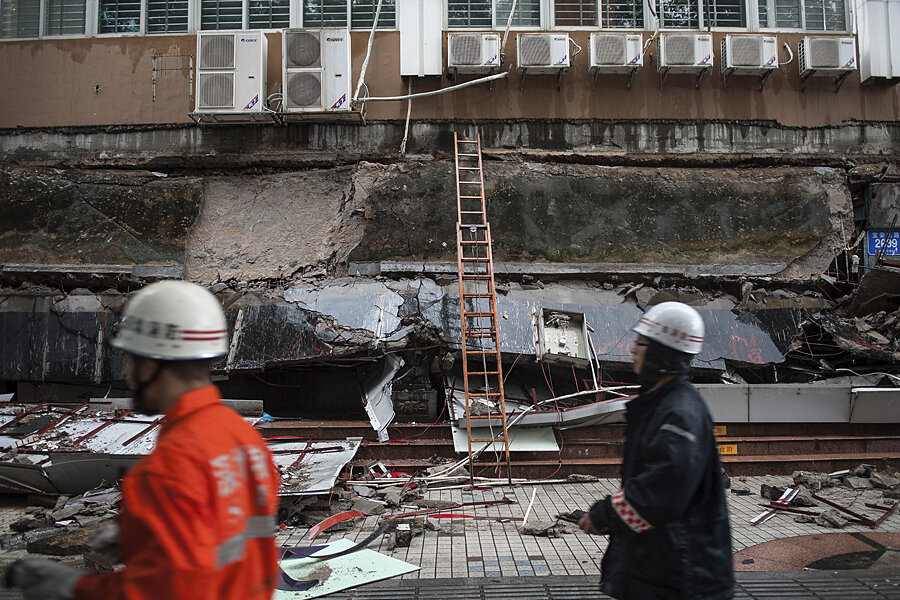Typhoon Rammasun hits southern Chinese island of Hainan
Loading...
| Beijing
Typhoon Rammasun killed one person and damaged several houses on the southern Chinese island of Hainan on Friday after claiming 54 lives in the Philippines.
Typhoon Rammasun made landfall on Hainan southwest of Hong Kong at about 3:30 p.m. (0730 GMT) with winds as strong as 216 kph (130 mph), the official Xinhua News Agency said. The agency said Rammasun was the most powerful storm in at least nine years and possibly since 1973.
A man in the town of Wengtian on Hainan died after he was struck by debris after his house collapsed in the typhoon, Xinhua reported.
The China Meteorological Administration continues to release a 'red warning' for Rammasun at 6:00 a.m. Friday local time, the highest warning level the CMA can issue for a typhoon.
More than 26,000 people on Hainan were evacuated and authorities required resorts and tour bus companies to suspend operations through Saturday afternoon. Xinhua said authorities had ordered the highest level of disaster alert for the region.
The local news website Hainan Net said ferries to the mainland and train service on the eastern part of the island were suspended. Xinhua reported that 36 trains in the Guangxi region west of Guangdong had been stopped.
The storm brought high winds and rain to Hong Kong and was due to plow through northern Vietnam after passing Hainan. The CMA estimated that the Rammasun would make landfall in Vietnam later that day.
Rammasun barreled through the northern Philippines on Wednesday, drenching the capital, Manila, and knocking out power to whole provinces. The Philippine government raised the death toll Friday to 54. Three more people were missing and 100 injured.







